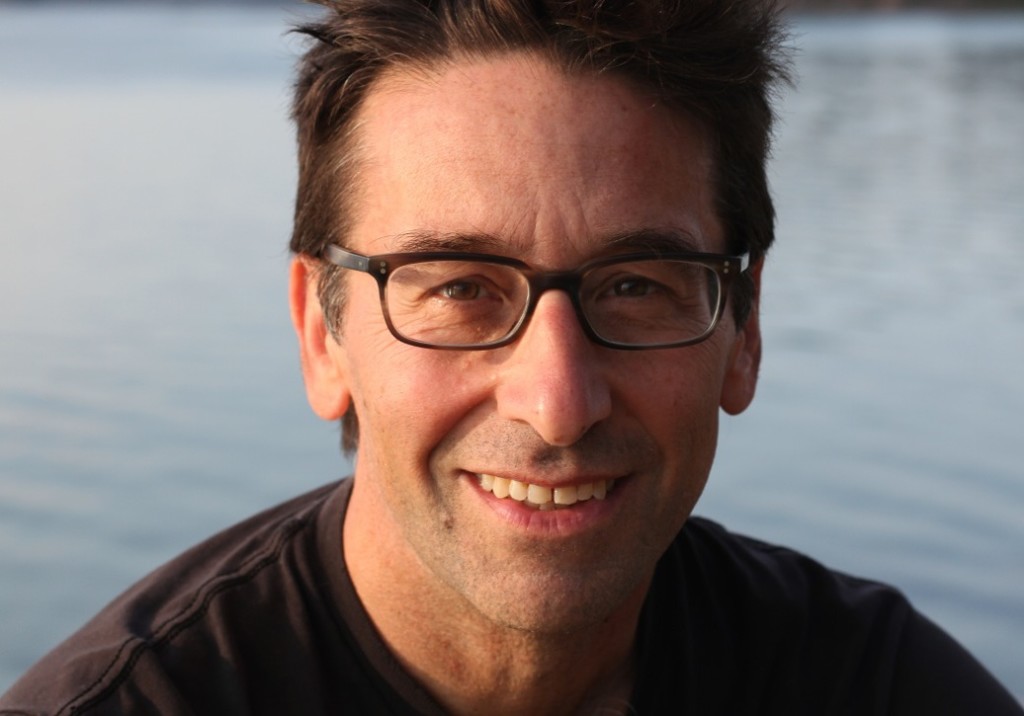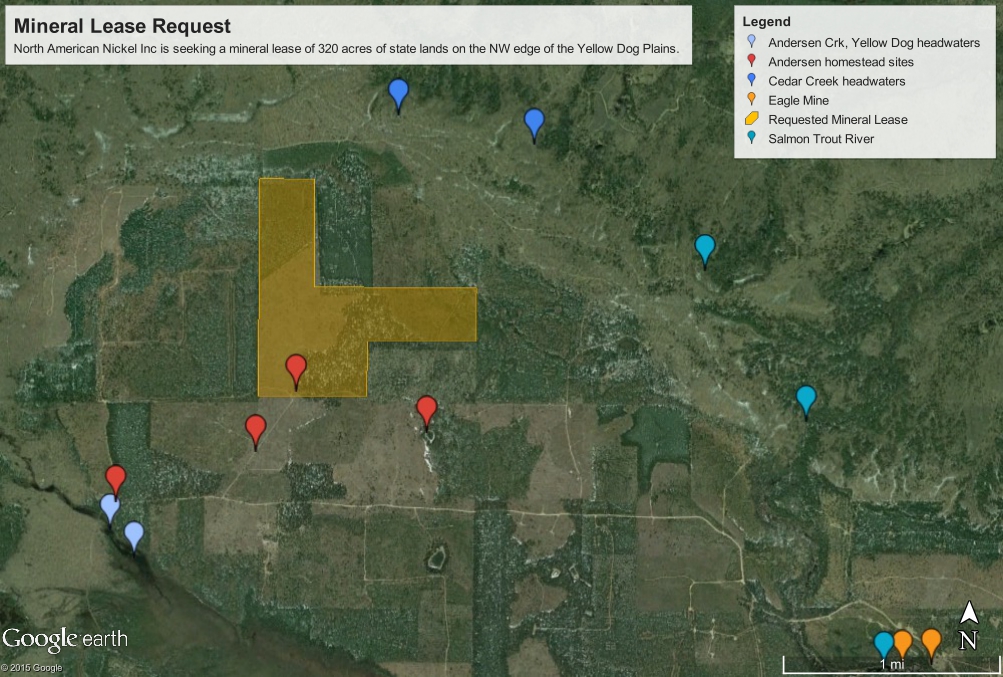
MARQUETTE – Grassroots environmental group Save the Wild U.P. (SWUP) is calling on the Obama Administration to appoint an individual with proven leadership experience in environmental protection to fill the top position at the Environmental Protection Agency’s (EPA) Region 5 headquarters, following the resignation of EPA Administrator Susan Hedman. On Thursday January 21, Hedman tendered her resignation, after admitting to the Detroit News that “her office knew in April 2015 that Flint’s action to switch its water supply could cause increased pipe corrosion and spiked lead levels.”
“This situation is urgent and new leadership is critical. The EPA needs a leader with an environmental track record, not a career administrator or an industry insider. All Hedman did was throw the problem back at the Michigan Department of Environmental Quality (MDEQ). Meanwhile, an entire city was being poisoned,” said Alexandra Maxwell, SWUP’s executive director. In December, MDEQ Director Dan Wyant resigned his position as the scope of the water crisis was revealed.
“What has happened in Flint is egregious,” said Michelle Halley, Marquette attorney and advisory board member for Save the Wild U.P. “The public who relies upon their elected officials and the agencies they oversee should know that the problems do not stop in Flint. The same attitude of disregard for citizens and the environment has repeated itself in DEQ decisions across our state for well over a decade.”
“Administrator Hedman’s resignation comes as no surprise, honestly,” said Kathleen Heideman, Save the Wild U.P. president. “I’m afraid the problems in Flint are just the tip of the iceberg. EPA Region 5 has been turning a blind eye to environmental degradations happening right here in the Upper Peninsula of Michigan, as well. For years, we’ve been calling on the EPA for transparency, accountability and enforcement actions.”
“Flint is not a fluke,” said Halley. “Flint reflects the failure of values and lack of thoroughness that has become habitual with Michigan politicians and environmental regulators. This happened in Michigan, and the EPA watched and did nothing.”
In 2015, Save the Wild U.P. brought water quality and permitting problems to the attention of the Environmental Protection Agency — specifically, discharges of industrial wastewater to the Salmon Trout River (from Eagle Mine), and the Middle Branch of the Escanaba River (from the Eagle Mine’s Humboldt Mill). SWUP petitioned the EPA’s Environmental Appeals Board to uphold the Clean Water Act. The group also requested the veto authority of the EPA over wastewater discharges at the Humboldt Mill, which are known to pollute riparian wetlands of the Middle Branch of the Escanaba River.
“Instead of being a partner, EPA Region 5 worked to oppose the efforts of concerned citizens. Given new leadership, we hope the EPA will become a true environmental ally,” said Heideman.
“When it comes to water quality, mining companies view the U.P. as a Third-World economy; Lundin Mining called us a ‘low-risk jurisdiction’ when they purchased the Eagle Mine, referring to our historical experience with mining, the complicity of state regulators, and the EPA’s lack of interest in our environmental problems,” said Gail Griffith, professor emeritus of chemistry at Northern Michigan University and Save the Wild U.P. board member.
“Why hasn’t the EPA been more responsive? Politics and poverty are big factors, I think. In 2014, the median income in Humboldt MI was less than $36,000; the median income in Flint was over $49,000. Yoopers make the residents of Flint look wealthy,” said Maxwell.
“It took the poisoning of hundreds of poor children to demonstrate that the leaders of both EPA Region 5 and Michigan’s Department of Environmental Quality were incapable of properly managing those organizations. Why did it take a catastrophe after we provided an abundance of evidence over the last 5 years demonstrating that they were inept?” said Jeffery Loman, former federal oil regulator and Save the Wild U.P. advisory board member. “The EPA has been too busy commemorating, celebrating and congratulating — mostly themselves — to care about enforcing water quality.”
“Our message is simple,” said Maxwell. “Michigan and the Great Lakes deserve real environmental leadership. We look forward to establishing a positive working relationship with EPA Region 5 in 2016.”
Founded in 2004, Save the Wild U.P. is a grassroots environmental organization dedicated to preserving the Upper Peninsula of Michigan’s unique cultural and environmental resources. For more information contact info@savethewildup.org or call (906) 662-9987. Get involved with SWUP’s work at savethewildup.org on Facebook at facebook.com/savethewildup or on Twitter @savethewildup.








